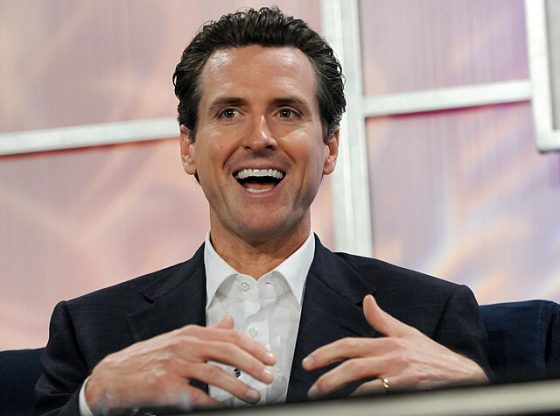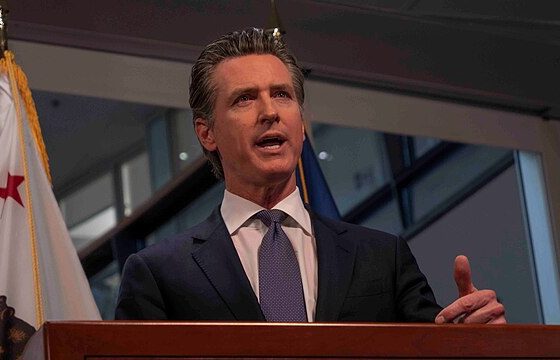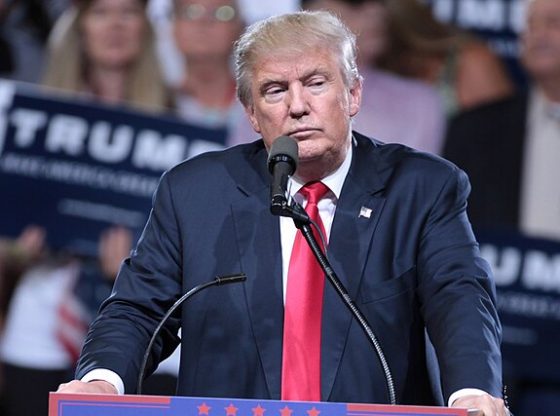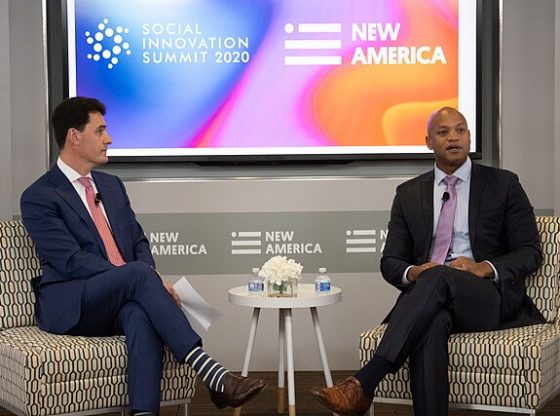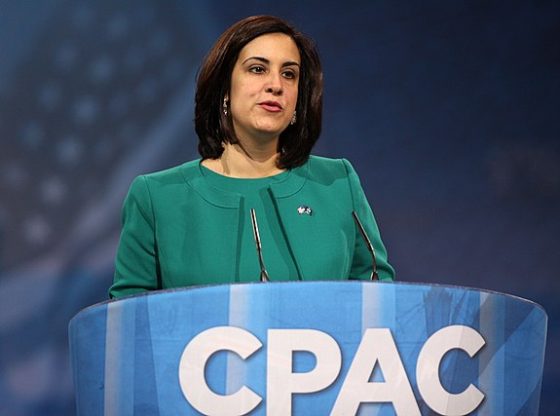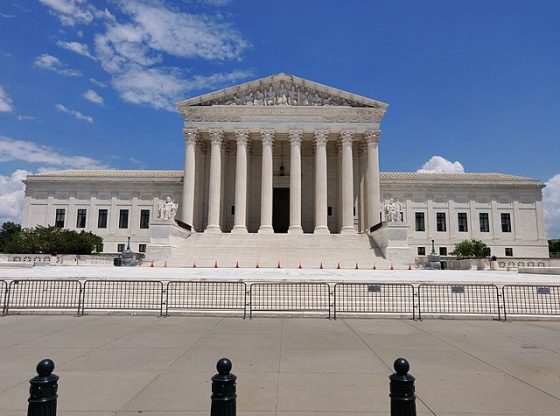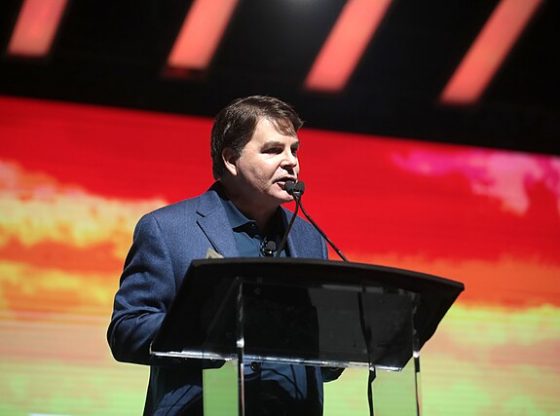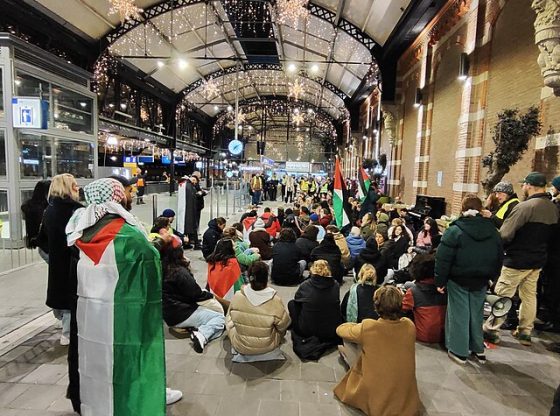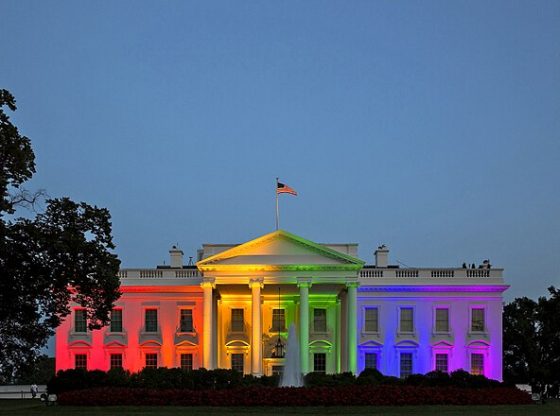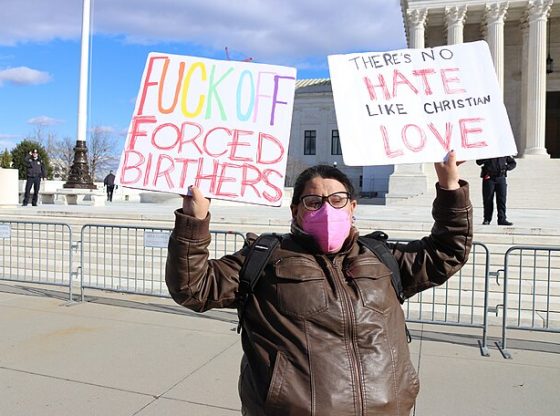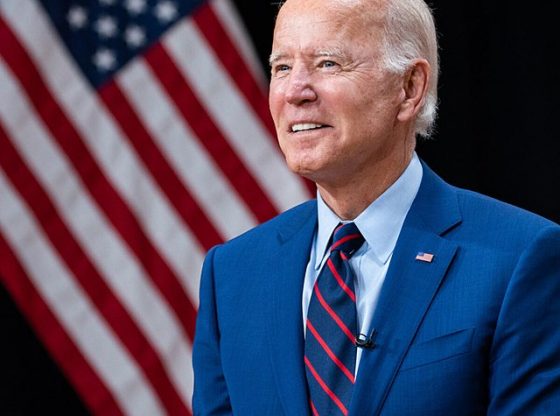Southern California was known for years to be vulnerable to potentially devastating wildfires, but Democratic officials did not take sufficient action before proceeding to botch the response to fires currently devastating the Los Angeles area.
Democratic California Gov. Gavin Newsom failed to follow through on a signature 2019 initiative to revamp the state’s approach to wildfires and neglected to adequately manage wildfire kindling while a key reservoir reportedly sat empty in the lead-up to the fires that have rocked Southern California this week. While there is nuance to these shortcomings, the results of the crisis makes clear that California’s top officials failed to effectively handle a predictable and dire emergency, according to emergency management and policy experts.
“We saw this coming, and we have said, ‘I told you so’ every time there’s been a super fire. This time, the super fire happens to be even more catastrophic, because it’s happening in one of the most densely-populated areas in the United States,” Edward Ring, director of water and energy policy for the California Policy Center, told the Daily Caller News Foundation. “It’s the same message, which is that we have neglected our water infrastructure. We have mismanaged our forests and chaparral in the name of environmentalism, and we’re paying the price.”
“Anybody who says this is being politicized should be ashamed of themselves, because every time this happened in the past, the people defending the policies blamed it on climate change, which is a completely politicized issue,” Ring added. “And instead of making the hard decisions that might challenge environmentalist priorities, they did things like outlawing gasoline engines and mandating electric cars. Things like that have nothing to do with land management, they have absolutely nothing to do with the actual problem that needs to be solved.”
Ring said that inadequate use of prescribed burns and the regulation-induced decline of timbering in California have increased the density of vegetation available to fuel fires, making “the whole state a tinderbox.”
Republican Montana Sen. Tim Sheehy, who has fought wildfires in the past, also said in a Wednesday Fox News interview that “the big one” was foreseeable, adding that the devastation unfolding in Southern California is largely attributable to government mismanagement of the emergency. Some forecasts, including those issued by the National Interagency Fire Center and the California Office for Emergency Services, warned that Southern California was at high risk for serious fires in January before the fires began ravaging Los Angeles.
Joe Rogan also recounted in July 2024 that a Southern California firefighter once told him that the area had been fortunate to avoid a massive fire emergency, but that the region’s luck would run out one day when the conditions were right for a devastating blaze that could threaten the entire city.
Newsom launched a $1 billion executive order in 2019 to bolster the state’s preparedness and resiliency for wildfires. However, a 2021 investigation by CapRadio — a California-focused National Public Radio outlet — concluded that Newsom’s administration was falling short on some key facets of the program while embellishing its success publicly. Specifically, the report found that “Newsom overstated, by an astounding 690%, the number of acres treated with fuel breaks and prescribed burns” in forestry projects identified as critical for wildfire preparedness.
The 2019 executive action was taken in response to the Camp Fire of 2018, a massive fire started by downed power equipment that ravaged Northern California and killed 84 people. In response to that fire and others, news outlets and subject matter experts repeatedly pointed out that California’s lax approach to forest management creates danger by allowing fire fuel to accumulate too much.
Additionally, California’s water infrastructure has attracted scrutiny for its role in the ongoing crisis amid multiple reports that fire hydrants in some of the hardest-hit areas failed to dispense water for firefighters battling the flames. A huge spike in water demand reportedly overwhelmed underground water storage tanks and their pumping systems in higher-elevation areas as fires jumped through neighborhoods.
“The Governor is focused on protecting people, not playing politics, and making sure firefighters have all the resources they need,” Izzy Gardo, Newsom’s communications director, said in a statement provided to the DCNF.
The state has dealt with water scarcity issues for years, and it has not built a new major reservoir since 1979 despite major population growth over the same period of time. California also allows billions of gallons of runoff water to enter the Pacific Ocean each year instead of harnessing a portion for use because the state lacks sufficient infrastructure to capture meaningful volumes of stormwater, The Los Angeles Times reported in March 2024.
However, the fire hydrants failing happened primarily because the city’s water infrastructure could not handle a massive demand spike rather than a lack of available water in the wider system, according to Los Angeles Department of Water and Power (LADWP) CEO Janisse Quiñones. Additionally, a large reservoir in the vicinity of Pacific Palisades — one of the hardest-hit communities — was empty and offline when the fires exploded into a full crisis, The Los Angeles times reported Friday.
In 2014, California voters chose to enact Proposition 1, which authorized a $2.7 billion bond that would be used to fund new water storage, reservoir and dam projects. Not only did this funding fail to result in any new major reservoirs in the state, but officials actually moved in 2022 to get rid of Northern California’s Klamath River dams in order to protect salmon and steelhead.
Newsom announced Friday that he is calling for an investigation probing the factors that led up to fire hydrant failure and the reported unavailability of that articular reservoir.
Rick Caruso, a former Republican candidate for Los Angeles mayor and former head of the LADWP, said in a Thursday interview that there is ultimately no excuse for crucial infrastructure to fail when it is needed most.
“I think that career politicians have making excuses down to a fine art, and you see it rolling out and trying to explain why there wasn’t water,” Caruso said during the interview with Fox 11 Los Angeles. “Nobody wants to hear an excuse for why they lost their home, why they lost their business. The reality is, they were not prepared enough … The preparation just wasn’t right. It wasn’t enough.”
Notably, Quiñones was hired in May 2024 to run the LADWP and take home a $750,000 salary, according to local outlet ABC7. Her salary is significantly higher than that of her predecessor, and the city council said at the time that the compensation increase for the position was meant to attract top-tier talent from the private sector.
Apart from Quiñones, eight of the top ten highest-paid Los Angeles city employees in 2023 worked for the LADPW, according to analysis by OpenTheBooks, a government transparency group.
Other municipal officials have also received sharp criticism for their actions before and during the crisis. As of Friday morning, at least ten people have died, while early projections for total damages from the fires range from about $50 billion to as much as $135 billion.
Democratic Los Angeles Mayor Karen Bass was in Ghana when the fires broke out as part of a delegation sent to the country by President Joe Biden. On her way back to the U.S., a Sky News reporter confronted Bass at an airport with basic questions about the disaster, but Bass ignored the questions until she was able to get away from the journalist.
Bass addressed the fire in public remarks delivered on Wednesday night in the city, though she received criticism for making a gaffe that indicated her prepared comments had not been adequately edited before she got up to the podium.
Additionally, Bass approved a budget for the Los Angeles Fire Department (LAFD) for the current fiscal year that contained $23 million less than the prior year’s amid ongoing negotiations between the city and the firefighters’ union, according to The New York Times. The city set aside unappropriated cash expecting that a deal would eventually be reached — which eventually happened in November 2024 — before moving the funds over to the fire department’s accounts, with LAFD ultimately receiving $53 million more than last year all in.
Either way, LAFD Chief Kristin Crowley complained about the budgeting issue — including reductions in funding available for overtime pay — in December 2024, writing in a memo that the cuts presented “unprecedented operational challenges ” for her department.
Crowley’s leadership of LAFD has also been scrutinized in light of the unfolding disaster. She took over the top job in 2022, with her official LAFD bio page and media reports touting her sexual orientation as a key credential.
Throughout her tenure atop LAFD, Crowley has emphasized the importance of fostering diversity, equity and inclusion (DEI) in her department to complement the LAFD’s official 2021 “racial equity action plan” suggesting that a demographically diverse fire department is an effective one.
“Politicians and officials can spin whatever narrative they want to cover their tracks,” Frank Ricci, a former fire department battalion chief in Connecticut who now works as a fellow for the Yankee Institute, told the DCNF. “But, when it comes to emergency management, the brutal truth is this: your preparation is only as good as its performance in a crisis. If your systems fail when they’re needed most, all your excuses go up in flames.”
Representatives for Bass and the LADWP did not respond to requests for comment.
Featured Image Credit: JD Lasica from Pleasanton, CA, US
 JD Lasica from Pleasanton, CA, US_
JD Lasica from Pleasanton, CA, US_
